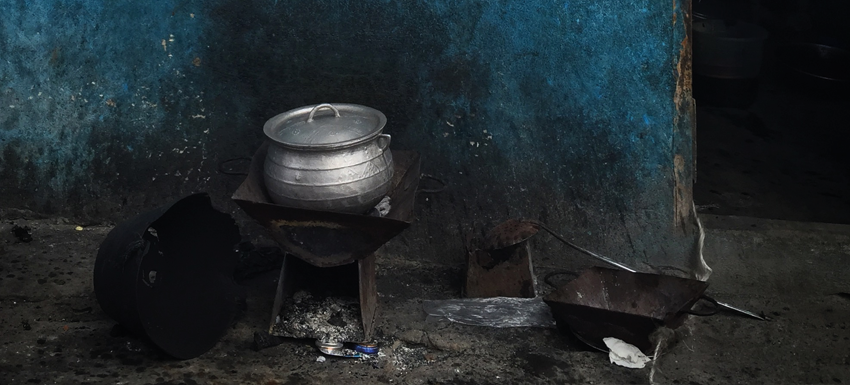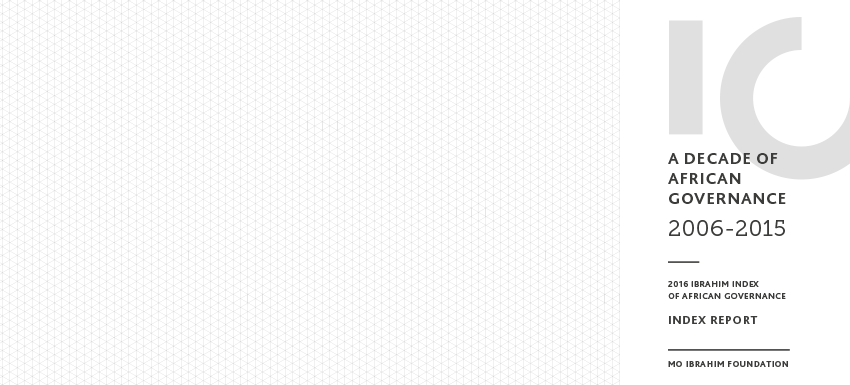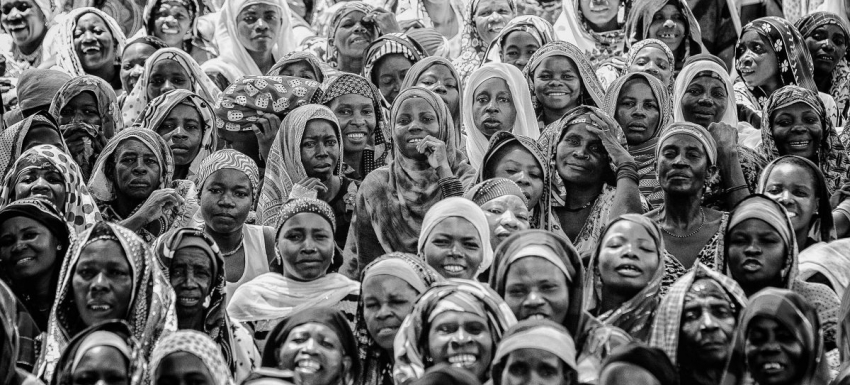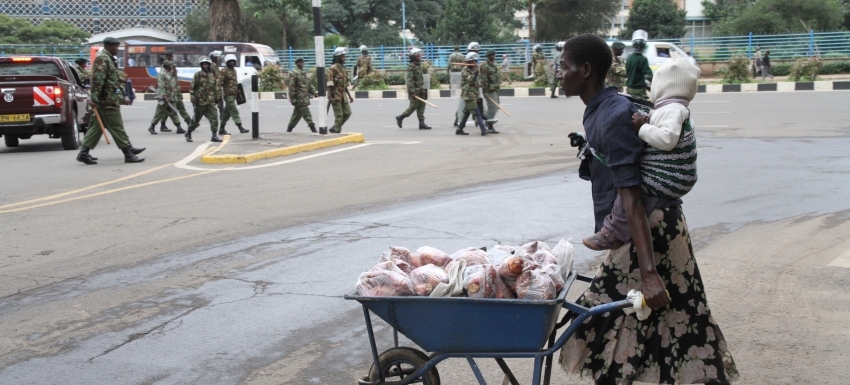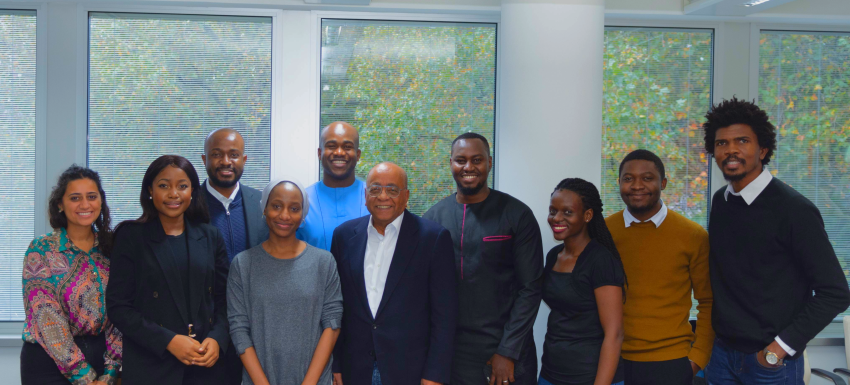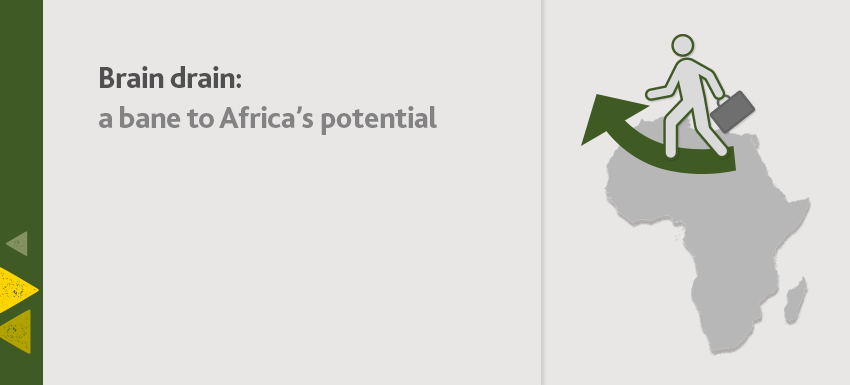In Africa, poverty alleviation is one of the main expectations citizens have of their governments. However, data on poverty is severely limited. Only 39 African countries have collected data on ‘income poverty level’ (people who live on $1.90 a day), out of which only nine countries have two or more data points in the past decade, with the latest data year being in 2012.
For the first time, the 2016 IIAG includes measures on the lived experience of poverty
Household surveys used by countries to produce poverty statistics are conducted every three to ten years and often published at least a full year or two after data collection is finished. Due to this data scarcity previous iterations of the IIAG could only use the clustered indicator Equity of Public Resource Use from the World Bank and African Development Bank as a proxy to measure poverty.
For the first time, the 2016 IIAG includes measures on the lived experience of poverty. Poverty is now captured through two indicators. A new clustered indicator from Afrobarometer, Poverty, consists of four underlying measures that capture the quality of living conditions of the public, and the extent to which the public have gone without enough food to eat, clean water for home use and fuel to cook food in the past year.
Poverty, on average, has shown the largest improvement (+7.2) of the Welfare sub-category over the decade
A strengthened indicator, Poverty Reduction Priorities – which includes a new measure Living Standards of the Poor from Afrobarometer, alongside the existing measures on the Equity of Public Resource Use – captures the level of public satisfaction with how the government is improving the living standards of the poor, and the extent to which public expenditure and revenue collection affects poor populations and is consistent with national poverty reduction priorities.
Over the past ten years, the indicator Poverty, on average, has shown the largest improvement (+7.2) of the Welfare sub-category. 29 (out of 34 assessed) countries register improvements, accounting for 67% of the continent’s population and 76% of the African GDP. Of these 29 countries, more than half (15) increase by more than +10.0 score points with the largest improvement seen in Egypt (+31.4). Further, 14 countries register improvement across all four underlying measures.
Twenty-three countries, hosting 45% of Africans register decline in the Poverty Reduction Priorities indicator
On the other hand, the Poverty Reduction Priorities indicator registers, on average, a decline of -1.3 score points over the past ten years. This decline at continental level is driven by deteriorations in the underlying measure Living Standards of the Poor (-2.5). Some drops in country scores are as large as -75.0 score points (Libya). Twenty-three countries, hosting 45% of Africans register decline in this indicator, with over half (12) of these countries falling by a magnitude of more than -10.0 score points
On average, the results of the underlying measures of the Poverty Reduction Priorities indicator reveal diverging results, both at average and country level; citizens’ perceptions of Living Standards of the Poor decline and the measure derived from qualitative assessments, Equity of Public Resource Use, registers an improvement (+1.0). This divergence is also seen at the country level with a majority of countries (18 out of 33) showing opposing trajectories.
